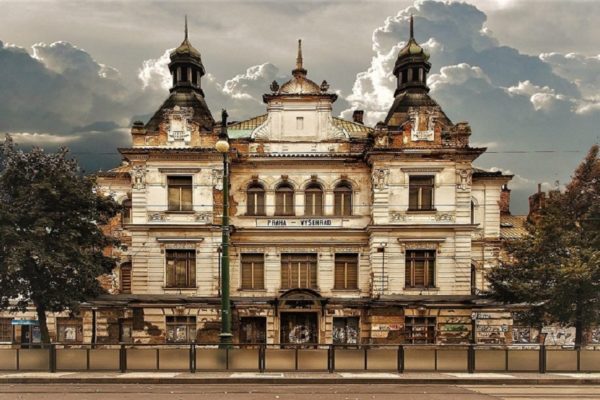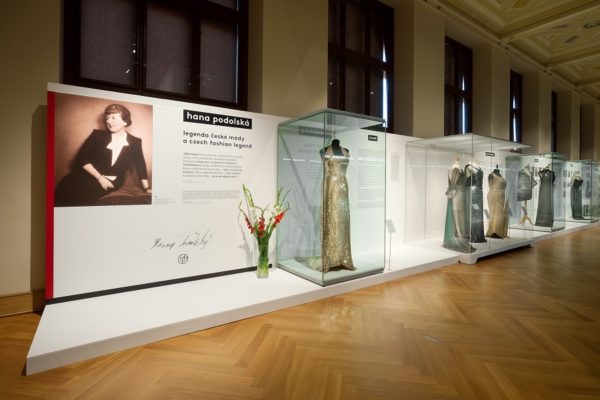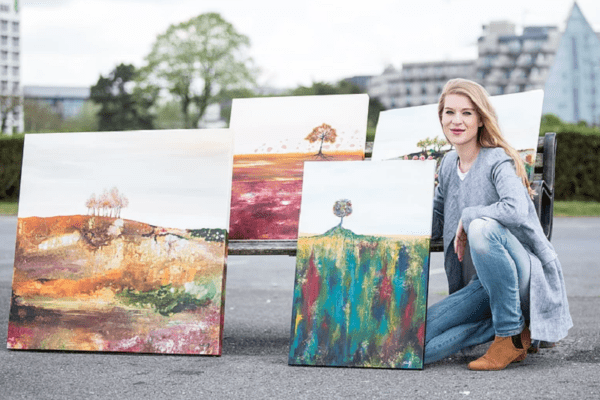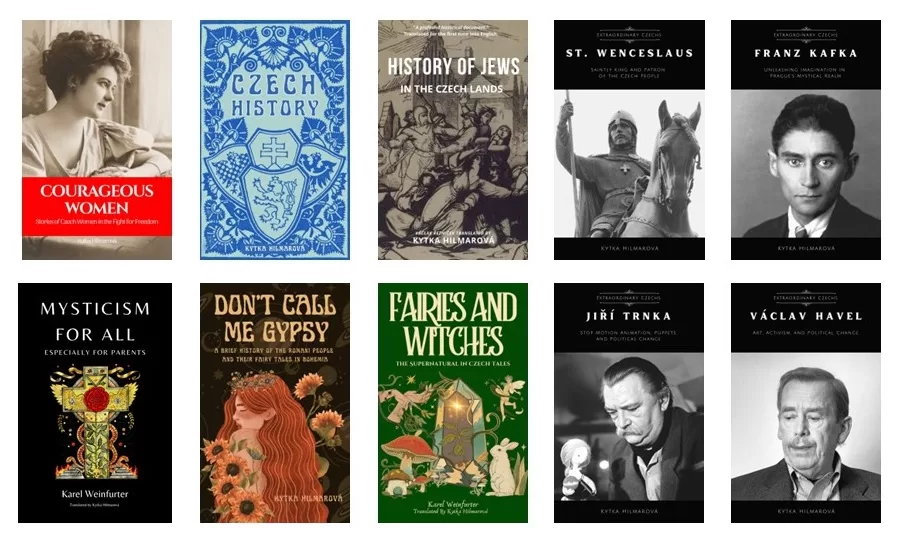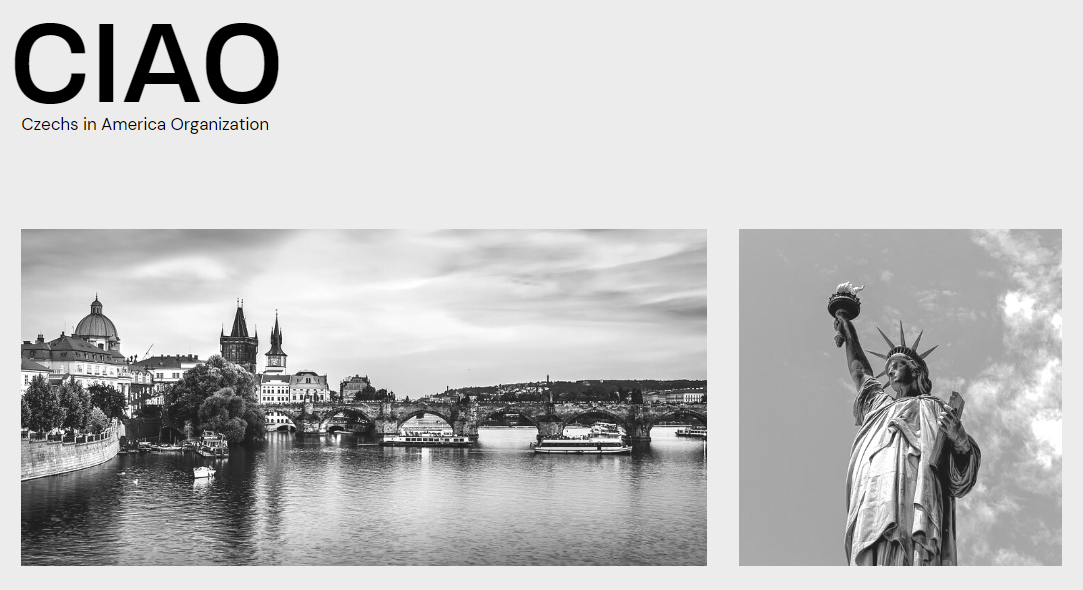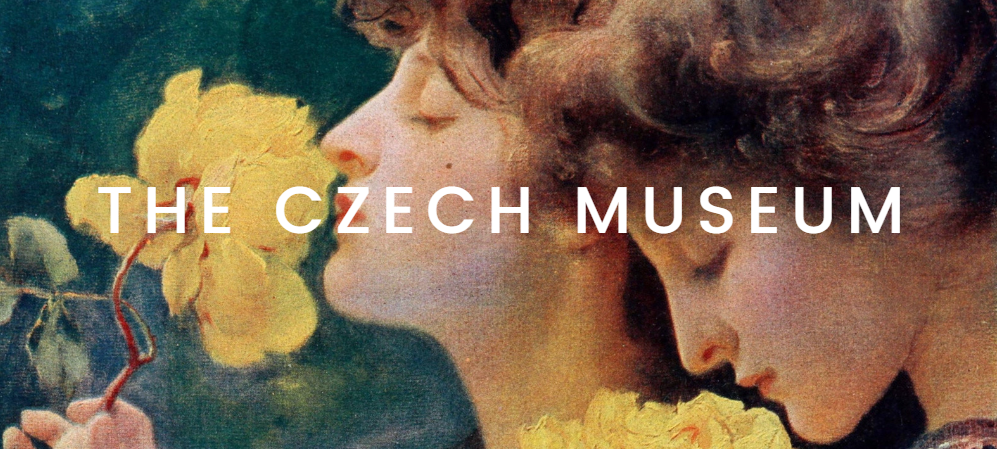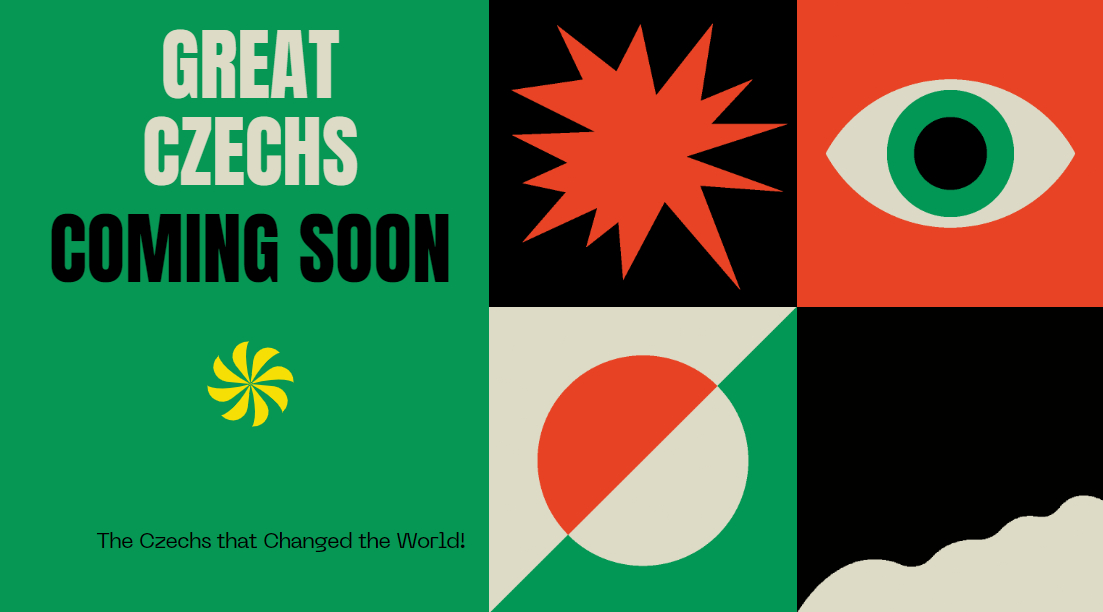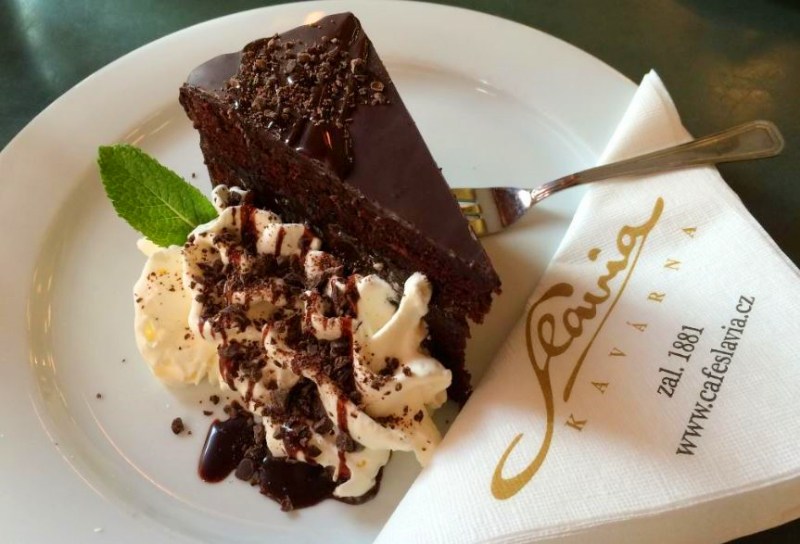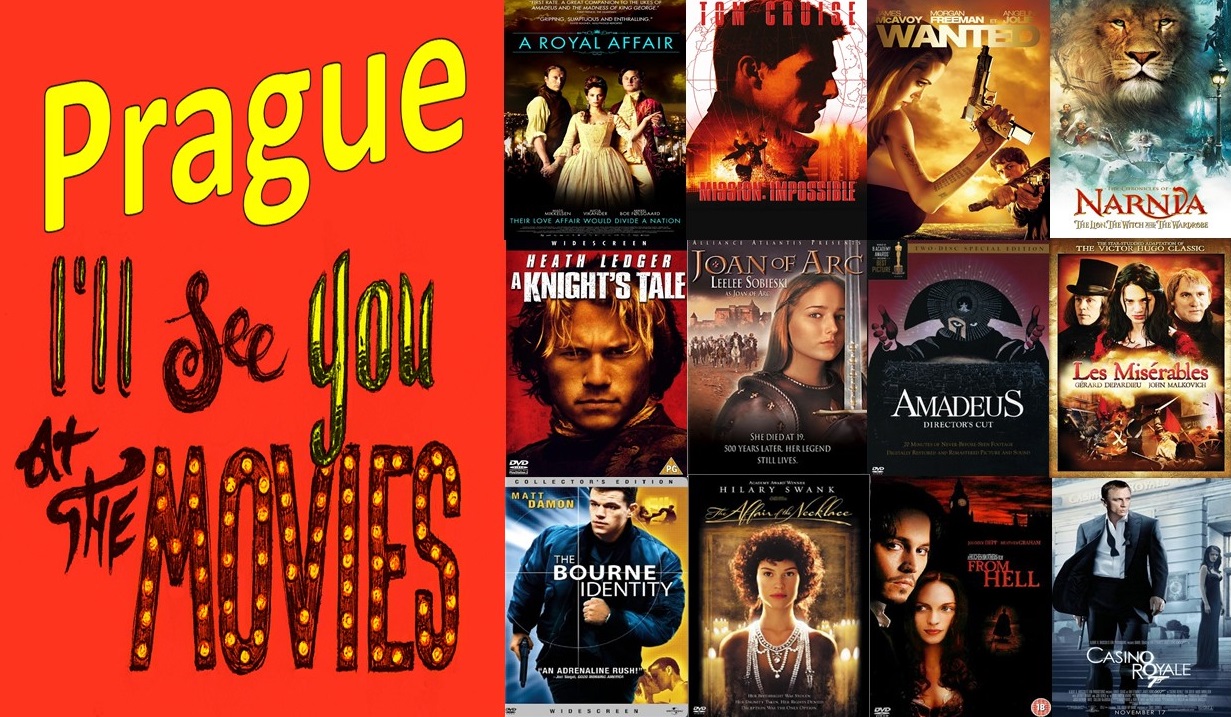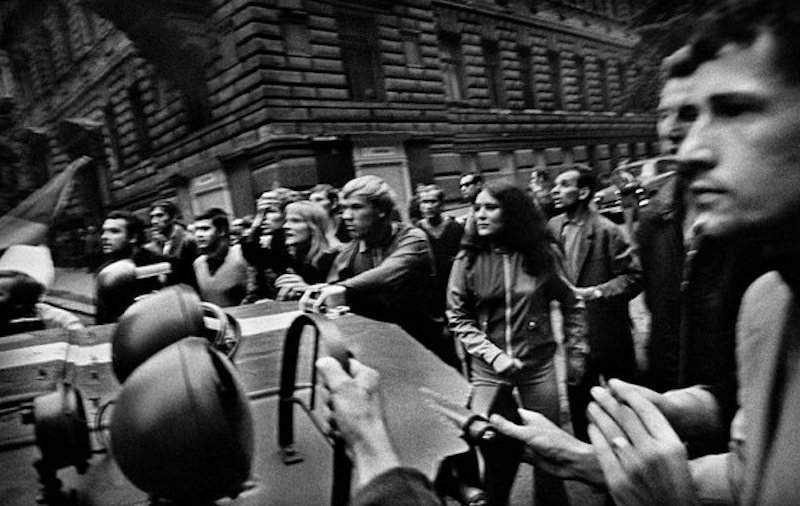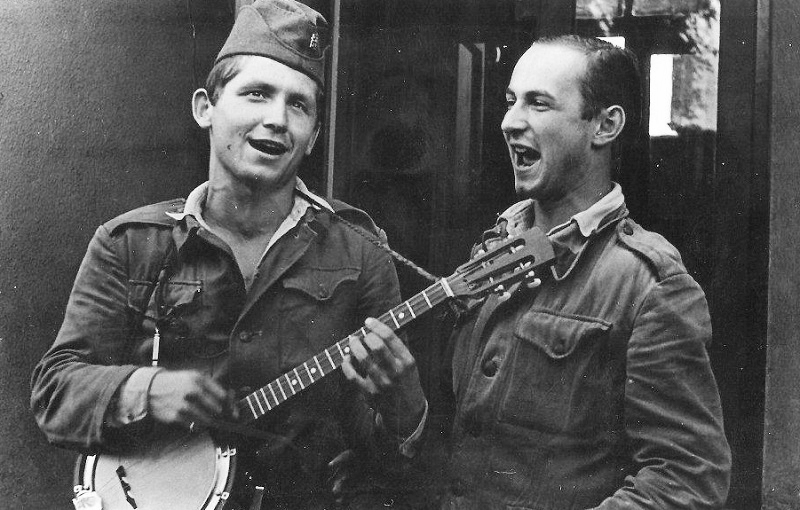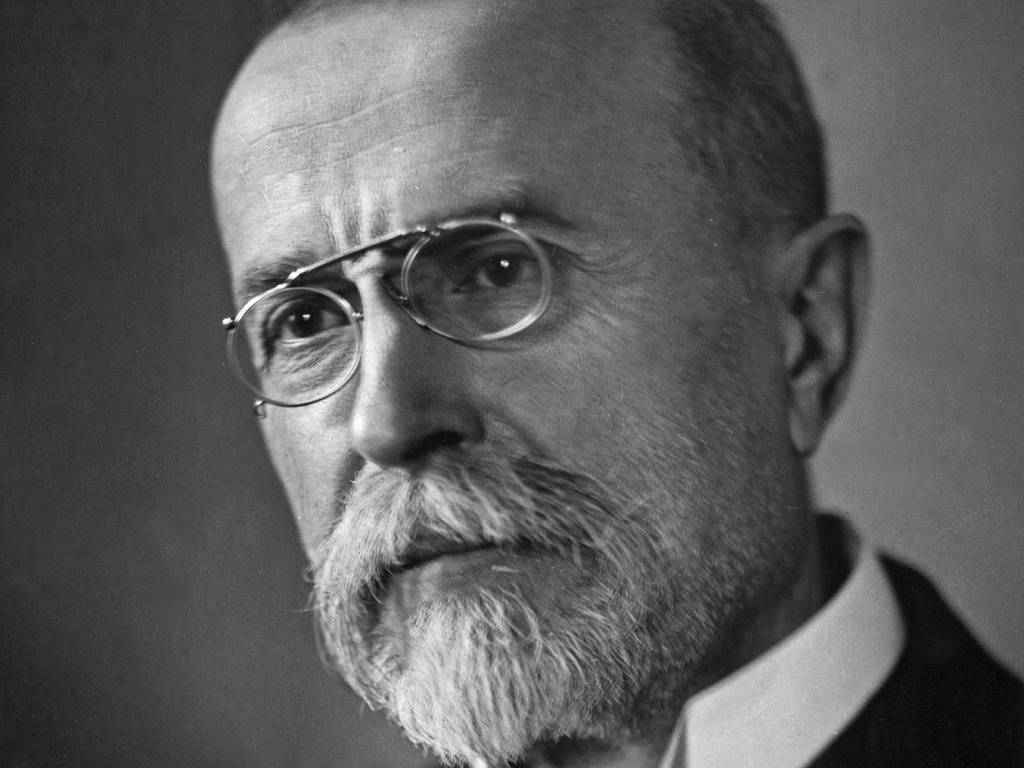Today we are looking at Czech Avant Garde – Socialist Realism. In the period between the two world wars, artistic movements in Czechoslovakia produced outstanding examples of avant-garde book cover design, layout, and typography. Czech artists, designers, and architects adopted and developed trends from the avant-garde in other parts of Europe and created what they saw as a new approach to book cover design and typography.
Rejecting the bibliophile tradition of book design, these artists sought instead to use avant-garde aesthetics to create simply produced books that could be made available to all. This was not merely an attempt to put modern art on a book cover but rather to rethink the entire aesthetics and so produce a modern book and book cover.
By the end of the 1930s, functionalism dominated Czech book design. Social Realism inspired the design of legible, practical, and affordable books. Mass-produced, the books were often intended as a vehicle for social critique. Zdenek Rossmann’s design for Civilisovaná žena (The Civilized Woman) utilizes the communicative properties of photography to reinforce the book’s message about the need for reform in women’s clothing. Bauhaus-inspired typography contributes to the functionalism of the design.
Common images used in socialist realism were flowers, sunlight, the body, youth, flight, industry, and new technology. These poetic images were used to show the utopianism of communism and the Soviet state. Art became more than an aesthetic pleasure, instead it served a very specific function…
The provided excerpt offers just a glimpse into the extensive article. To unlock the full content, become a Patreon patron. Our team meticulously gathers and curates valuable information, sparing you hours, days, or even months of research elsewhere. Our goal is to streamline your access to the best of our cultural heritage. However, a portion of the content is locked behind a Patreon subscription to help sustain our operations and ensure the continued quality of over 1,200 pages of our work.
Alternatively, you can contribute through Venmo, PayPal, or by sending cash, checks, money orders. Additionally, buying Kytka’s books is another way to show your support.
Your contribution is indispensable in sustaining our efforts and allows us to continue sharing our rich cultural heritage with you. Remember, your subscriptions and donations are vital to our continued existence.



